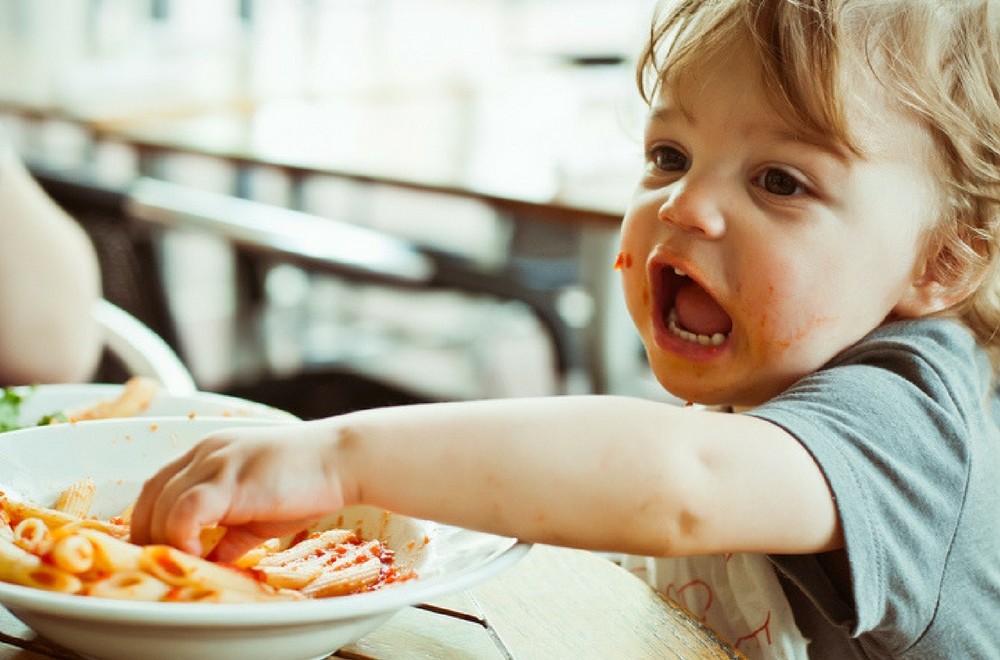Why Kids SHOULD Play With Their Food
December 26, 2018
Posted in: Early Intervention, Feeding, Feeding Tube Weaning
Play is the way kids learn. We know that linking play and experience helps to build the brain. Positive experiences with food allows the senses to acclimate to the touch, feel, smell, or sight of whatever they are experiencing. Independent play in all settings helps to build interest, confidence, and motivation.
Whether the goal is greater variety or simply any oral intake at all, play is an important step. Kids are born explorers, but some are naturally more cautious of new or messy experiences. Little ones who have motor deficits, medical limitations, or fearful past experiences with food are especially likely to need some help and encouragement to get started. Unfortunately, many adults are better with structured “activities” and have a hard time with play, especially messy play. If free play doesn’t come naturally to you, here are some ideas to get you started. It will be messy, so go outside, put a drop cloth down, put on some old clothes and roll up your sleeves. Clean up can come at the end, so you don’t disrupt the creative “flow.”
Getting Started with food play:
- Sit securely: Be seated at a table or a small space on the floor, so your child can’t just walk away.
- Sit to the side: This interaction is about your child and the food, so make sure the food is front and center.
- Start small: If food is new or scary, a lot of pieces will likely be overwhelming.
- Go for visually interesting foods: Consider bright red berries, peas, and blueberries that roll around, and spaghetti noodles that you can drag like a snake.
Jump right in!
- Model play: Make it look like fun! If you add sound effects and place pieces within their reach, it will allow them to come to it on their own. Let them start when they are ready.
- Swirl it: Fingerpaint with mashed potatoes and gravy. Sound effects do help.
- Dip it: Dip food in puree, chocolate sauce or gravy, and use it to dot the paper. If it looks good, you can lick it off, but don’t expect your child to follow.
- Paint it: After you dip, use the food as a brush to paint on the table or tray.
- Squeeze it: Consider foods like peas that squish and squeezing out pouches on the tray or even out in the yard!
- Be realistic: The goal is PLAY, not eating.
HAVE FUN! Sing, make noises, and laugh. Even if you are just playing with the food for 5 –10 minutes, that is a good start. As your child becomes more engaged and self-directed, you can slowly fade out of the activity.
Remember, the purpose of this activity is to have the child engage with the food, so follow the child’s lead rather than making your child follow what you want to do! Now go get messy!
References:
Greenough, W. T., Black, J. E., & Wallace, C. S. (1987). Experience and brain development. Child development, 539-559.
Whitebread, David, et al. “Play, Cognition and Self-Regulation: What exactly are children learning when they learn through play?.” Educational and Child Psychology 26.2 (2009): 40

Be the first to comment